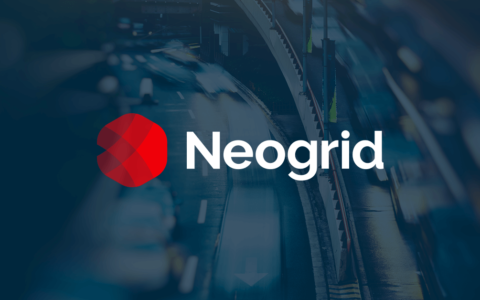
Would you know what led to the lack of chocolate milk in stock in one of the branches of your supermarket, located in a small town in the state of Illinois? And the reasons for the out-of-stock of laundry detergent in another store of the same chain in the state of Ohio? These are questions that can be answered. Supply chain technology not only helps answer questions like these, as it also stimulates a proactive behavior, one that seeks to anticipate the problems.
To achieve this, one needs a solution that manages the supply chain performance indicators — with precision and agility. To help you choose the right technology for your business, it is important to have four essential characteristics in mind:
1. Integration of information from the links in the chain: The ideal solution should enable an overview of the inventory of all agents in the supply chain (industry, distributor and retail), providing more assertiveness in planning and replenishment. This visibility also allows you to further improve inventory rotation, avoiding loss of products due to expired date or defects. This technology allows you to place purchase orders in accordance with your inventory level. For example, if the storage level in the distributor reaches the defined minimum level, an alert is triggered directly to the manufacturer (which can view the situation), without the need to engage your purchasing team.
The ideal solution also allows you to compare your data with the market average to have more assertiveness in decisions. In addition, it brings intelligence to the process based on the analysis of the historical data, by measuring, for example, the out-of-stock rate or the lack of replenishment due to virtual inventory failures.
(Learn more about NeoGrid’s VMI Solutions and how we can help you optimize your order and logistics processes.)
2. Generating accurate reports for all levels: presenting this data in a practical and dynamic fashion for all levels (management, tactical, and operational) with the frequency required is just as important as gathering and consolidating information. That is, instead of your team worrying about gathering information and preparing the report, a software specialized in supply chain takes over this role, which allows your team to focus their attention and energy on decision-making and on anticipation of solutions. When this happens, it is possible to propose measures that increase the profit margin indicator of your operations (for example, to pay more attention to the distribution of soda bottles to that specific store that has recorded many instances of lack of product in the shelves).
3. Mechanisms to identify the cause of the problems: Make sure the technological tool possesses intelligence mechanisms not only to monitor but also to help understand the causes of the lack of product in the shelves. This is possible using the OSA (On Shelf Availability) data. It consolidates other indicators to better manage inventory in the supply chain, allowing manufacturers, distributors and retail not only to monitor, but also to understand the causes of the lack of product in the shelves. In other words, if the tool points out that there were supply problems by the sales agent, it is possible to take specific actions to solve the problem.
4. Robust system with easier access: also, choose a specialized supplier that offers infrastructure to run the software, so as not to bring to your company the task of managing the database, server, and other equipment to make this solution work. Furthermore, verify if the service provider has frequent monitoring, preventing service downtime, which can result in losses for your business.
Stay tuned to these requirements so that the technology employed can act directly at critical points and improve the indicators of your business. Therefore, the best solution is to find expert partners who understand and have a vast knowledge on supply chain operations.
Download our retail supply chain collaboration white paper to learn the seven most important criteria in selecting a new supply chain platform.





